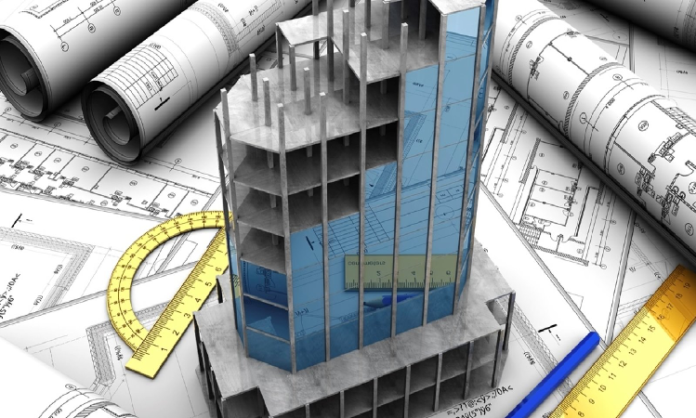
Table of Contents
Innovative building materials have revolutionized the construction industry in recent years, creating structures that are not only visually appealing but also sustainable and energy-efficient. The use of these materials has resulted in a significant reduction in energy consumption and cost savings, as well as a lower carbon footprint and environmental impact. In this article, we will explore the benefits of using innovative building materials and their role in creating sustainable and energy-efficient structures.
Examples of Innovative Building Materials:
Cross-laminated timber (CLT) is an excellent example of innovative building materials used in construction. CLT is an engineered wood product that is strong, durable, and highly sustainable, making it ideal for building frames and walls. Aerogel, a highly insulating material, is another example of an innovative building material that can significantly reduce energy consumption. Recycled materials, such as reclaimed wood or recycled plastic, can also be used in construction, reducing waste and minimizing the carbon footprint of the structure.
Benefits of Sustainable and Energy-Efficient Structures:
The use of innovative building materials in creating sustainable and energy-efficient structures has several benefits, including:
-
Reduction in energy consumption and cost savings:
Buildings constructed using innovative materials are highly energy-efficient, resulting in significant cost savings for owners.
-
Lower carbon footprint and environmental impact:
Sustainable building materials have lower embodied energy and carbon footprint, and the use of recycled materials reduces waste and landfill.
-
Improved indoor air quality and comfort:
Innovative materials contribute to a healthier indoor environment, improving air quality, and enhancing occupant comfort.
Challenges and Considerations:
While there are numerous benefits to using innovative building materials, some challenges and considerations need to be considered, including the cost and availability of materials, building codes and regulations, and structural integrity and durability.
Case Studies :
Several buildings have been constructed using innovative building material, and they have shown promising results in terms of energy performance and cost savings. One such example is the Bullitt Center in Seattle, Washington, a 6-story commercial office building that is considered one of the greenest buildings in the world.
Future of Innovative Building Materials:
As technology continues to advance, innovative building material will continue to evolve, offering more sustainable and energy-efficient options for construction. Advancements in material science and engineering, combined with the integration of technology for better monitoring and maintenance, will play a vital role in the future of sustainable and energy-efficient construction practices.
Conclusion:
Innovative building materials have transformed the construction industry, creating structures that are not only aesthetically pleasing but also sustainable and energy-efficient. The benefits of using these materials are numerous, including cost savings, lower carbon footprint, and improved indoor air quality and comfort.
Challenges and considerations must be addressed to ensure their widespread adoption. With the continued evolution of this type materials, the future of sustainable and energy-efficient construction practices looks promising.
Related Post:
The Pros and Cons of Food Processing Technology
Green Technology Innovations Spark Global Shift Towards Sustainable Living
























